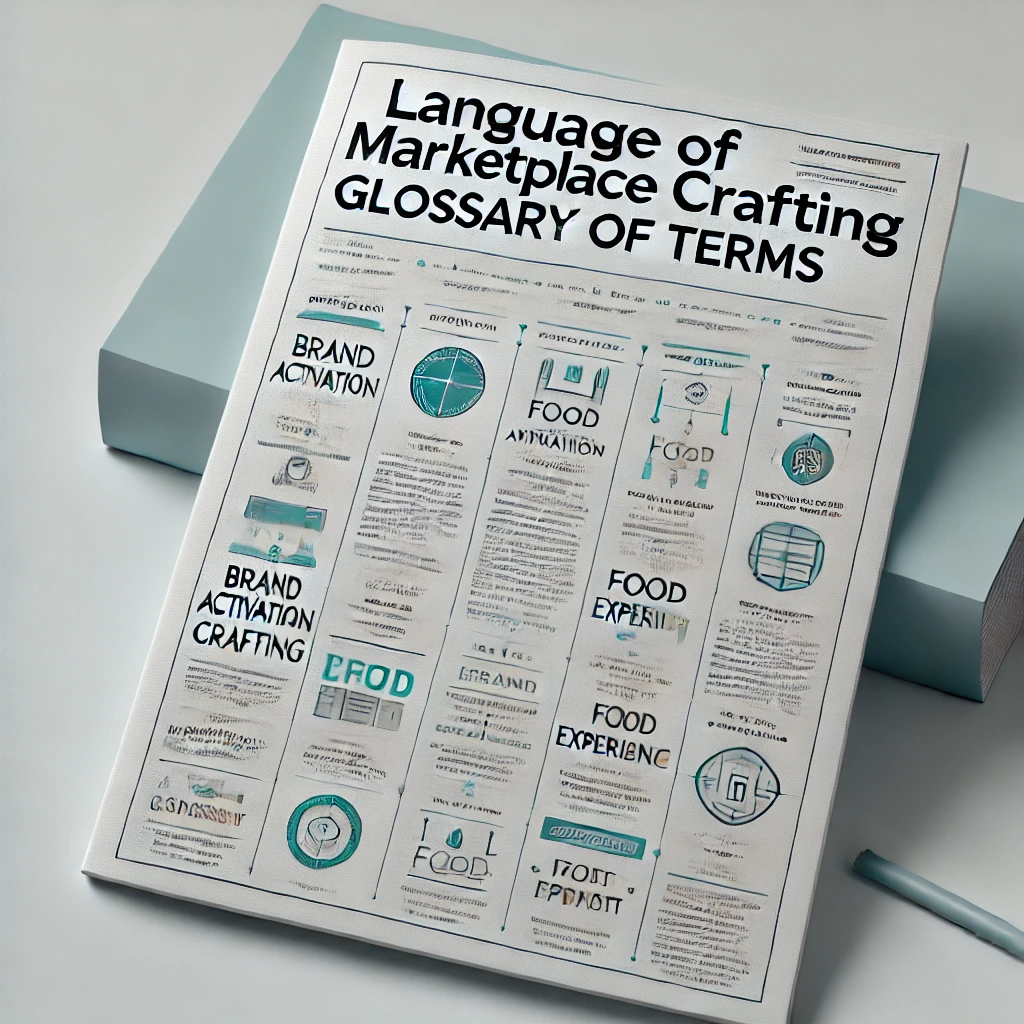The Language of Marketplace Crafting
A Four-Decade Glossary, an Evolving Industry, and the Quest for Authenticity
I’ve spent the past four decades compiling, revising, and expanding a glossary of real estate terms—over 700 entries so far. This project began as a personal quest to capture the ever-evolving language of our industry. Over time, new trends emerged, disciplines merged, and technology advanced at a breakneck pace. Throughout these shifts, I’ve remained committed to preserving authenticity in how I talk about real estate—something that gets lost when we fall back on overused expressions like “risk adjusted returns,” “value add services,” “robust platforms,” and “actionable insights.”
I provide studies, strategies, and research for my clients in metamorphically long hand reports - not in template driven power points. This forces me to discover, explore, define, and defend and along the way I have developed terms such as “retail composition,” “retail continuity,” and “terminated vistas” because they paint vivid images of places rather than economic spaces that stand out—environments that aren’t simply commodities waiting to be replicated until they are devalued.
Back in 1982, I wrote articles for Shopping Center Today and Chain Store Age in which I was the first to introduce the term “lifestyle center.” I chose “lifestyle center” very deliberately to capture the essence of a non-mall cluster of emerging retailers that met the lifestyle and life stage of a target market. But today there are so many better words to describe focused retail experiences.
As AI and the Internet of Everything continue to reshape our communication patterns, the need for an expressive, human-centric vocabulary has never been more important. It’s easy to let industry jargon homogenize our ideas.
I’ve continually updated the definitions in my glossary to accommodate emerging technologies, changing market demands, and shifting consumer preferences, while resisting the pull of trendy buzzwords that come and go.
My glossary has always been a dialogue about how we conceptualize the built environment—not just in technical terms but in the deeper sense of how places are created, function and inspire. A well-chosen word can do more than label a concept; it can illuminate the intent behind a design, a community, or a brand.
By sharing this glossary, I’m hoping to maintain a conversation—one that challenges all of us in real estate to go beyond generic language. Words matter, and it’s time we use them in a way that captures the uniqueness of each project, fosters true innovation, and keeps our collective vocabulary both precise and richly human.
To explore these terms further, visit my glossary.
#RickHill #RealEstateGlossary #RealEstateLanguage #RealEstateInsights #CRE #PlaceMaking #RetailInnovation #LifestyleCenter

